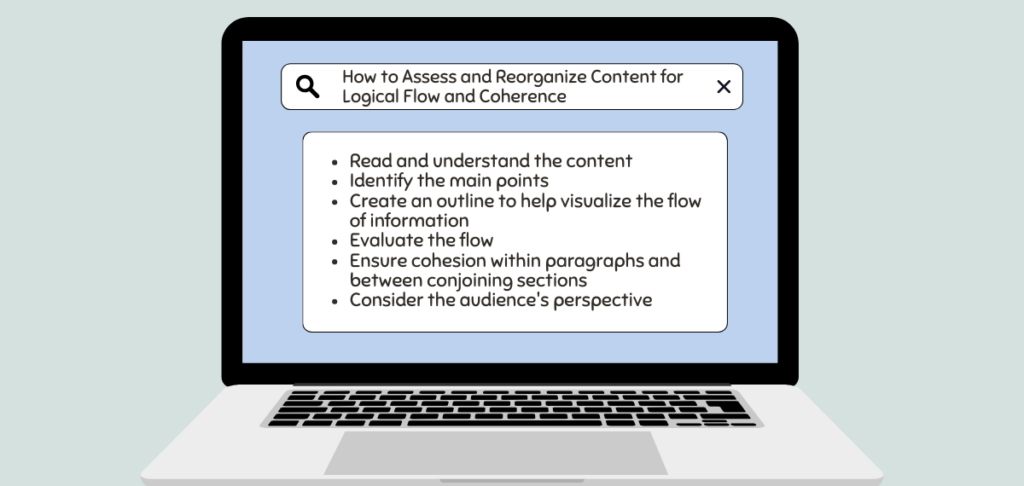Substantive editing, also known as structural editing, plays a crucial role in refining written materials to ensure they effectively communicate with the intended audience. While copyediting and proofreading focus on technical details and surface errors, substantive editing dives deeper into the overall structure, flow, and coherence of the content.
An adept substantive editor meticulously assesses the organization of ideas, clarity of arguments, and relevance of information, thereby shaping the manuscript into a cohesive and compelling piece. By applying advanced structural editing techniques, editors can elevate the readability and impact of the text, ensuring it captivates and resonates with readers.
Whether you’re an experienced editor or venturing into the realm of substantive editing, our guide equips you with practical insights and strategies to conduct effective structural edits. Dive into our resource to hone your skills and unleash the full potential of your editorial prowess.

What Is Substantive or Structural Editing?
Substantive editing, also known as structural editing, is a comprehensive and in-depth editing process. It focuses on the overall structure, content, and organization of a written work to improve the clarity, effectiveness, and flow of the text.
A substantive editor plays a crucial role in shaping the document to meet its intended purpose and audience needs. They work closely with the author to refine the structure and content of the writing, ensuring that it resonates with the target audience and effectively communicates the intended message.
It’s worth mentioning that substantive editing is all about the big picture—how the writing is organized and the main ideas it conveys—rather than focusing on small grammar or punctuation mistakes. Once the substantive editing is done, other editing stages, like copyediting and proofreading, can take care of finer details in language and formatting.
Level of Editing Involved with the Editing Process
Substantive editing is one of the first steps in the entire editing process. It specifically focuses on context and structure and avoids the smaller, more specific details such as style, grammar, and punctuation. Attention to those comes later.
This step starts with content evaluation and focuses on structural improvements to ensure the ideas presented in the text are supported, make sense, and provide flow for the audience.
The entire editing process looks like this:
- Substantive (structural) editing: Evaluating and improving the content’s overall structure, organization, and flow to ensure logical progression and coherence
- Copyediting: Focusing on grammar, spelling, punctuation, and style guidelines to ensure clarity, accuracy, and consistency in language usage and research citation
- Line editing: Refining sentence-level clarity, coherence, and effectiveness by addressing issues such as word choice, sentence structure, and tone
- Proofreading: A final review of the document to catch any remaining errors or inconsistencies in grammar, spelling, punctuation, formatting, or layout before publication
Evaluating Structure and Organization
Evaluating structure and organization in writing involves assessing how the content is arranged to provide a logical flow of ideas.

How to Assess and Reorganize Content for Logical Flow and Coherence
Assessing and reorganizing content for logical flow and coherence involves several steps. Here’s a structured approach to this:
- Read and understand the content
- Identify the main points
- Create an outline to help visualize the flow of information
- Evaluate the flow
- Ensure cohesion within paragraphs and between conjoining sections
- Consider the audience’s perspective
Techniques for Identifying and Eliminating Redundant or Irrelevant Sections
Identifying and eliminating redundant or irrelevant sections from your content is essential for improving clarity and conciseness. Here are some techniques to use:
- Conduct a thorough review of the content to identify redundancy or irrelevance
- Keep the main message or purpose of the content in mind
- Identify any sections that deviate from the main points
- Use subheadings to organize the content into distinct sections
- Consolidate redundant sections and remove any repetitive content
- Evaluate supporting details for essential information only
Strategies for Enhancing the Document’s Overall Structure
To enhance the overall structure of a document, consider implementing the following strategies:
- Create an outline that labels your document’s main sections, sub-sections, and key points
- Craft an engaging and informative introduction that hooks the reader and clearly states the main purpose
- Utilize descriptive headings and subheadings to break down the content into manageable sections
- Ensure that each paragraph and section logically connects to the previous one
- Group related ideas or information together within paragraphs or sections
- Use transitional words, phrases, or sentences to bridge the gap between paragraphs or sections
- Consider visual aids such as charts, graphs, or images to enhance the organization
Substantive Editing Techniques
The procedure for structural editing can all be found in the above detail, but to keep yourself on track while working through this process, follow these steps:
- Content evaluation: Assess the content to determine its accuracy, relevance, completeness, and overall effectiveness in achieving the intended purpose
- Structural improvements: Analyze the organization and flow of the document, including the arrangement of sections, paragraphs, and sentences
- Language and style: Refine the language and style of the writing to improve readability and impact
- Consistency and coherence: Check for consistency in terminology, formatting, and referencing throughout the document
- Audience analysis: Consider the target audience and their needs
Conclusion
Substantive editing stands as a pivotal stage in transforming a draft into a polished, reader-friendly document. By focusing on the big picture—structure, coherence, and clarity—a substantive editor ensures that the content effectively communicates its intended message to the audience.
We encourage aspiring editors to develop their skills in substantive editing, recognizing its critical role in the editorial process. With the principles and techniques discussed in mind, we invite you to apply them to your editing projects, enhancing the quality and impact of your written works.
Substantive editing not only elevates the readability and coherence of the text but also reinforces its ability to engage and resonate with readers, ultimately leading to more impactful and successful publications.
